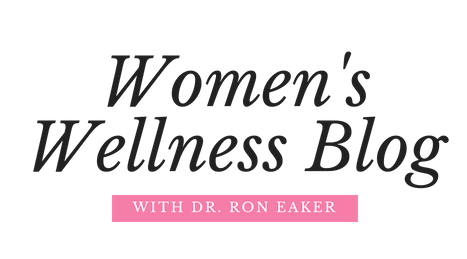It was a nagging pain, much like a trapped eyelash or a pebble in your shoe. The problem is that I was a runner and this pain was in my knee. It was as if the pain fairy had sprinkled pepper flakes in my right knee joint overnight, and the resulting burn was not enough to put me on bedrest, but I couldn’t run. And for me this was the equivalent of telling a shrimper he couldn’t fish.
Running had become a large part of my identity. I was a doctor, a husband, a father, and some
would even say a writer, but at my core I was a runner. I had heard that the difference between a jogger and a runner is a race entry, and I had my share of those. I was training for my 46th marathon/half marathon and I didn’t have the time or frame of mind to be sidelined by an injury.
I had previously researched alternative approaches to inflammatory issues (which was the diagnosis for my knee pain) and found that omega 3 fatty acids were the most rigorously studied natural substances that successfully addressed the causes of inflammation. I decided to "experiment" on myself and started a regimen of a specific supplement, Omega XL, an omega 3 fatty acid supplement I knew something about. I was impressed by the quality, omega 3 content, manufacturing, and purity of this particular supplement, so I felt confident as both a physician and patient in its use.
The literature supporting the anti-inflammatory properties of the omega 3 fatty acids is voluminous and diverse. First, a brief biochemistry primer. Omega 3s are essential fatty acids, absolutely necessary for proper immune function, brain development, cell metabolism, and other functions vital to health and well being. They aren’t made in the body so you have to get them from food, and a deficiency can result in many health problems like heart disease, fatigue, and even mood disorders. Another link in the chain of good health is an appropriate balance between the omega 3s and their evil twin, the omega 6 fatty acids. If this ratio becomes unbalanced (too much omega 6 or too little omega 3) inflammatory changes in the body can actually be magnified.
I understood that for optimal functioning, having enough omega 3s was essential; however, with my injury, I was most concerned with the information on the treatment of various disorders with formulations of omega 3 fatty acids. Here is where the research got interesting. I found over 17 studies looking at omega 3 fatty acid use in inflammatory conditions such as rheumatoid arthritis, inflammatory bowel disease, and even menstrual cramps with the majority showing a positive effect manifested as either a reduction of pain or in inflammatory markers in the blood. What I didn’t expect was the wealth of literature on omega 3 fatty acid use in disorders ranging from depression to prostate cancer. Granted, some studies showed minimal benefits, yet I was encouraged by the level of scrutiny. Unfortunately many supplements are either poorly tested or not adequately tested and depend solely on anecdotal evidence to tout their effectiveness. This was not the case with the omega 3s.
The number of illnesses and chronic conditions related to inflammation seemed to be expanding at a logarithmic rate. Inflammation had been shown to be one of the contributing causes of heart disease, senile dementia, auto-immune disorders, ADHD, asthma, macular degeneration, and even depression. We seemed to be in the infancy of the research describing how inflammation influences these processes, but I was convinced that omega 3 fatty acids played a huge role in both prevention and treatment.
Within three weeks of beginning the Omega XL my knee pain was minimal and I was back training again. I had employed various other healing techniques like stretching, massage, and ice, but after examining the research, I was convinced that the omega 3s had played a role in my healing. Since that time I have continued to run, having completed 57 marathons/ half marathons injury free, and I haven’t missed a day of my supplements.
Pain can sometimes be a warning sign pointing towards disease, injury, or imbalance. Rarely is the solution simply a pill or potion, but more often than not it is a combination of lifestyle changes, appropriate supplements, proper nutrition, and a positive outlook. The cure is not always easy, but the work is worth it and always more lasting than the Band-aid, quick fix.














